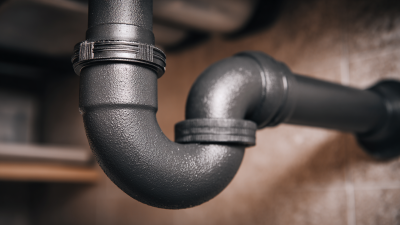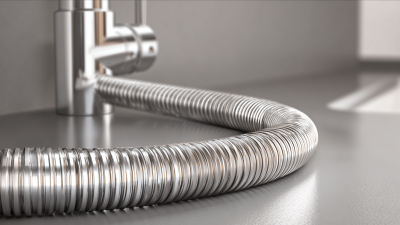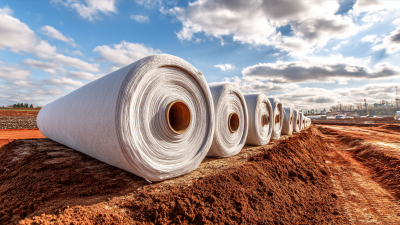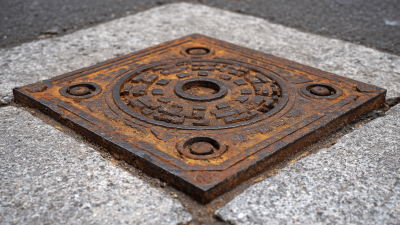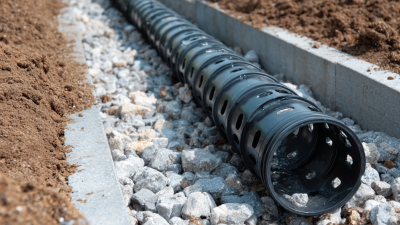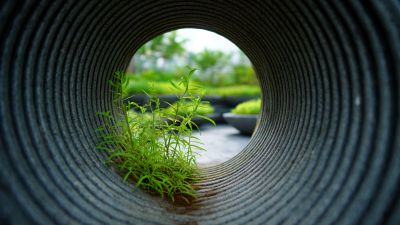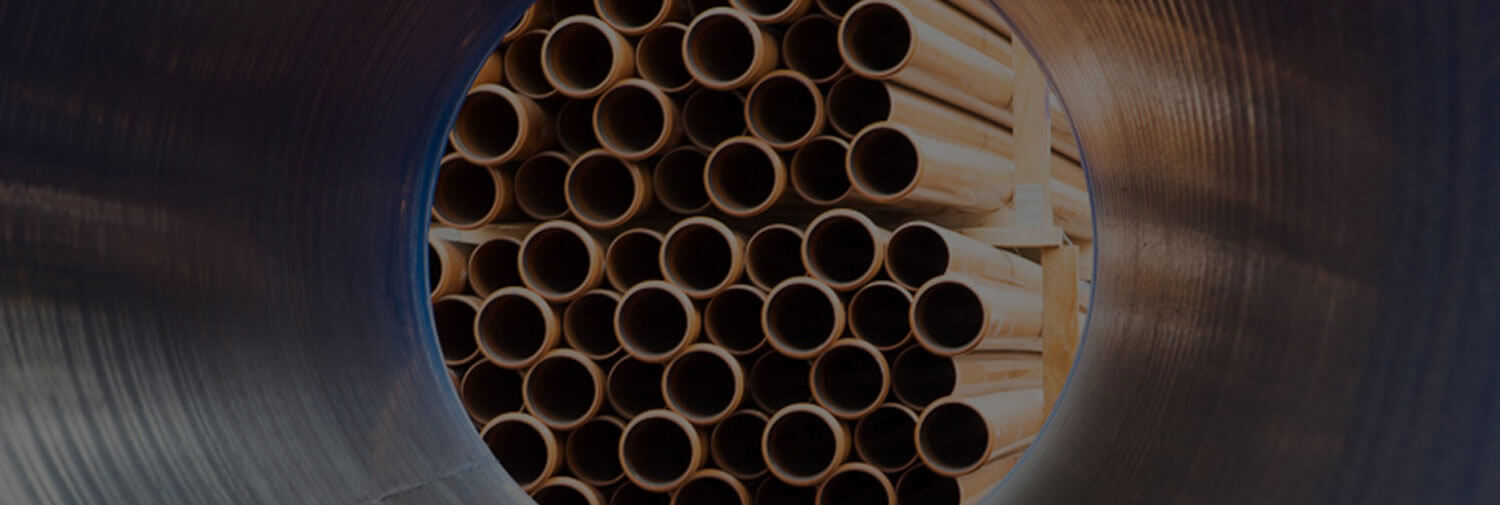

In the ever-evolving field of modern plumbing solutions, the emergence of flexible drain pipe technology presents numerous advantages that are revolutionizing how we approach drainage systems. Unlike traditional rigid piping, flexible drain pipes offer a versatility that allows for easier installation and adaptability to various plumbing designs. This flexibility not only simplifies the routing of pipes in tight spaces or complex layouts but also significantly reduces the risk of clogs and leaks over time. As homeowners and contractors seek solutions that combine efficiency, durability, and cost-effectiveness, understanding the benefits of flexible drain pipe becomes essential. This article delves into the key reasons why flexible drain pipes are becoming increasingly favored in contemporary plumbing applications, thus highlighting their pivotal role in enhancing performance and longevity in drainage systems.
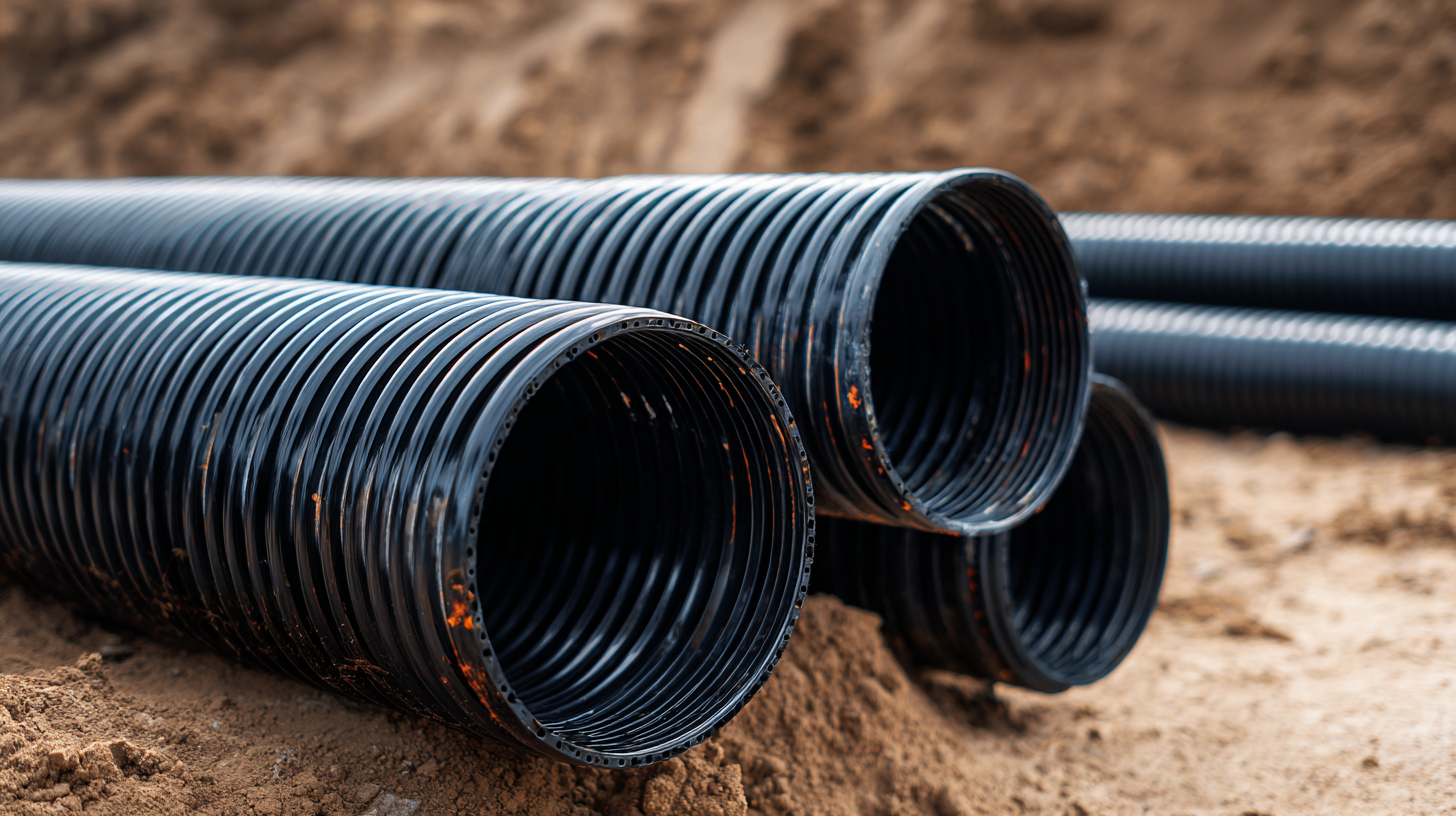
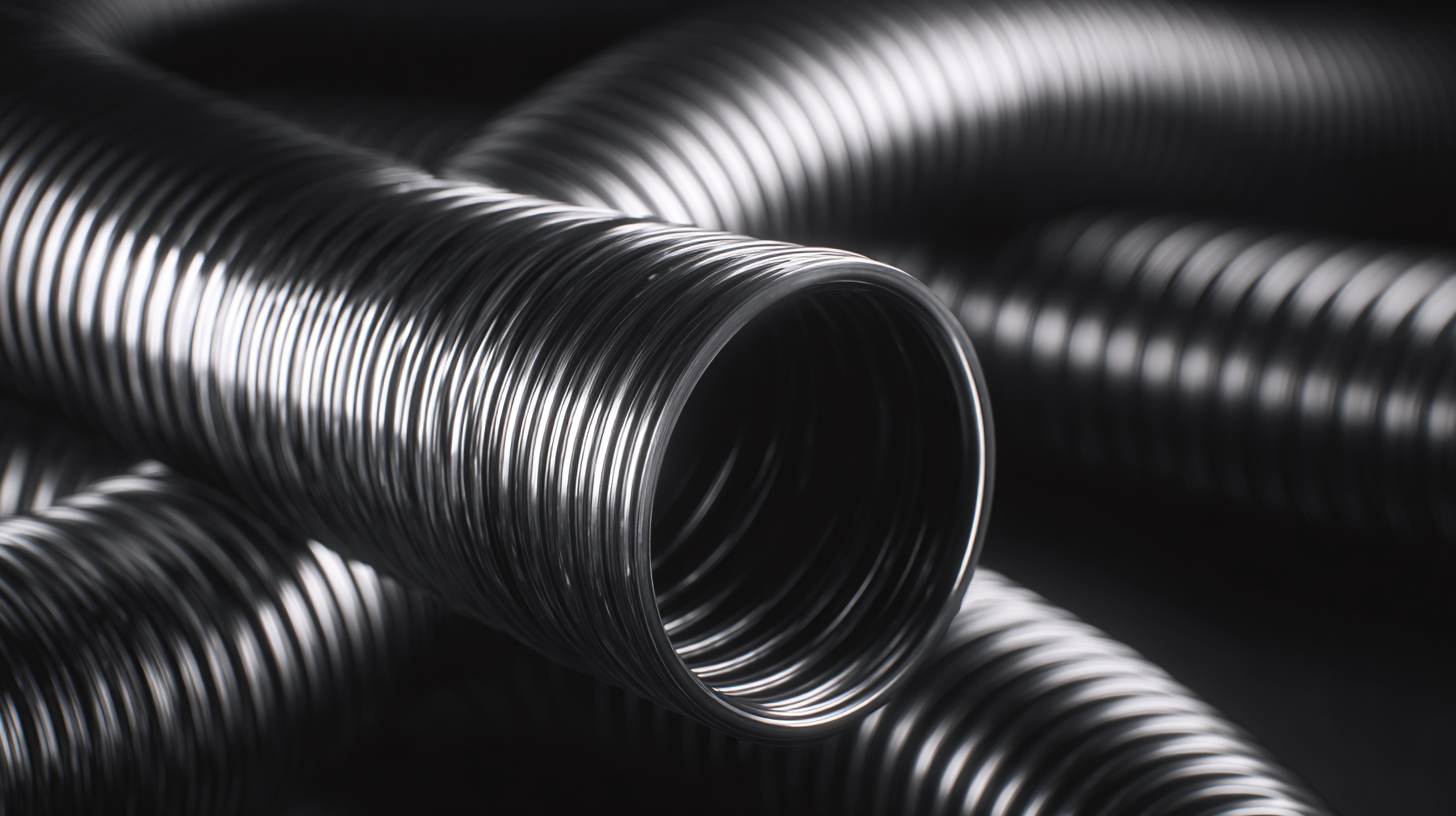 The advantages of flexible drain pipes in contemporary plumbing systems are increasingly apparent as the industry evolves to meet modern demands. Unlike traditional concrete pipes, flexible drain pipes offer significant performance benefits, such as improved adaptability to various installation environments and reduced risk of cracking or breaking under pressure. This flexibility allows for easier installation in complex layouts, making them ideal for urban areas with intricate plumbing systems.
The advantages of flexible drain pipes in contemporary plumbing systems are increasingly apparent as the industry evolves to meet modern demands. Unlike traditional concrete pipes, flexible drain pipes offer significant performance benefits, such as improved adaptability to various installation environments and reduced risk of cracking or breaking under pressure. This flexibility allows for easier installation in complex layouts, making them ideal for urban areas with intricate plumbing systems.
Moreover, contemporary plumbing solutions are shifting towards modular drainage and water supply systems, capitalizing on the efficiency and ease of use that flexible drain pipes provide. This innovation enhances the overall performance of plumbing infrastructure, allowing for quicker project completions and lower labor costs. As the need for durable and reliable plumbing systems grows, the transition to flexible drain pipes becomes a crucial element in modern infrastructure projects, ensuring that they can handle the increasing demands of urban development.
Flexible drain pipes are becoming increasingly popular in modern plumbing solutions due to their ability to significantly enhance installation efficiency. These versatile pipes can easily navigate around obstacles and adapt to various layouts, reducing the time and labor needed for installation. Industry reports forecast that the HDPE pipes market will grow from $22.15 billion in 2024 to $30.62 billion by 2031, with a compound annual growth rate (CAGR) of 4.73% during this period. This growth highlights the increasing demand for innovative plumbing solutions that offer flexibility and reliability.
Using flexible drain solutions can lead to increased productivity on the job site. Unlike traditional rigid pipes, flexible drains can be quickly maneuvered into position and installed without the need for extensive alterations to existing structures. This adaptability is particularly beneficial in urban environments where space is limited.
**Tips:** To maximize the benefits of flexible drain pipes, ensure that you use the appropriate connectors and fittings designed for optimal performance. Regular training for installation teams on the latest techniques can also significantly improve efficiency and reduce the chances of errors during the installation process. Additionally, always consider the long-term maintenance aspects when choosing drain solutions to ensure sustainable plumbing practices.
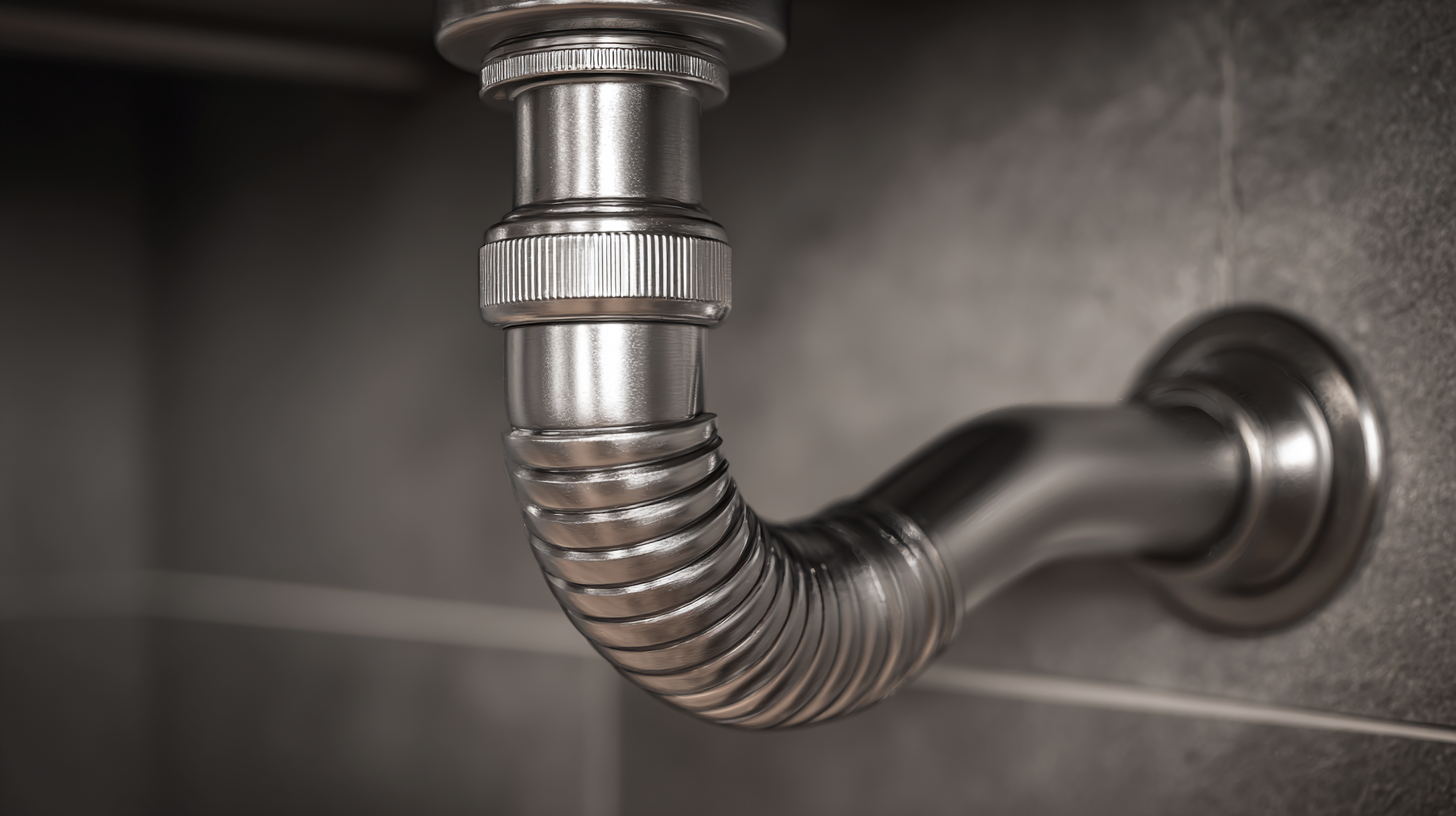 Flexible drain pipes have revolutionized modern plumbing solutions, particularly in minimizing water damage risks. Traditional rigid plumbing systems are often susceptible to cracking and failure under stress, leading to costly repairs and potential water damage. In contrast, flexible drain pipes can bend and adjust to shifting structures, making them ideally suited for dynamic environments. According to a study by the American Society of Plumbing Engineers, 30% of water damage claims are attributed to plumbing failures, underscoring the importance of resilient plumbing designs.
Flexible drain pipes have revolutionized modern plumbing solutions, particularly in minimizing water damage risks. Traditional rigid plumbing systems are often susceptible to cracking and failure under stress, leading to costly repairs and potential water damage. In contrast, flexible drain pipes can bend and adjust to shifting structures, making them ideally suited for dynamic environments. According to a study by the American Society of Plumbing Engineers, 30% of water damage claims are attributed to plumbing failures, underscoring the importance of resilient plumbing designs.
Incorporating flexible drain pipes into your plumbing system not only enhances durability but also allows for easier installation and modifications. These adaptable materials can accommodate various building designs and changes in landscape, reducing the likelihood of clogs and leaks. Additionally, a report from the National Association of Home Builders suggests that homes equipped with modern plumbing solutions can see a 20% reduction in maintenance costs over time.
Tips: When considering flexible drain pipe options, ensure they meet local building codes and are compatible with your existing plumbing system. Regular maintenance checks and being proactive about diagnosing issues can prevent potential water damage before it escalates. Lastly, consider consulting a plumbing professional to determine the best materials for your specific needs.
Flexible drain pipes have garnered significant attention in modern plumbing due to their cost-effectiveness, particularly in long-term applications. According to a 2021 report by the Plumbing Manufacturers International (PMI), flexible drainage systems can reduce installation costs by up to 30% when compared to traditional rigid piping. This cost efficiency stems from their lightweight nature, which reduces transportation expenses, and their ease of installation, allowing for quicker project completions without the need for specialized labor.
Moreover, the durability of flexible drain pipes contributes to their long-term savings. A study conducted by the International Association of Plumbing and Mechanical Officials (IAPMO) indicated that flexible pipes can have a lifespan of over 50 years, outpacing many conventional options. This longevity means fewer replacements and repairs, ultimately resulting in lower overall maintenance costs for homeowners and businesses. As more builders and plumbers recognize these realities, flexible drain pipes are poised to become a fundamental choice in modern plumbing installations.
| Dimension | Flexible Drain Pipe | Traditional Rigid Pipe |
|---|---|---|
| Installation Cost (per foot) | $1.50 | $3.00 |
| Lifespan (years) | 30+ | 25 |
| Maintenance Frequency (years) | 5 | 3 |
| Flexibility (degrees) | 180° | 90° |
| Weight (per foot) | 2 lbs | 6 lbs |
| Resistance to Corrosion | High | Medium |
| Reduction in Joint Usage | Approximately 50% | N/A |
Flexible drain pipes are increasingly recognized not only for their practical advantages in modern plumbing but also for their eco-friendly attributes. According to a study by the Environmental Protection Agency, traditional rigid piping can contribute to significant amounts of waste during installation and replacement. In contrast, flexible drain pipes are often made from recycled materials, helping to reduce the carbon footprint associated with production and contributing to sustainable building practices.
Moreover, the energy efficiency of flexible drain systems cannot be overlooked. A report by the International Plumbing and Heating Equipment Association indicates that flexible pipes require less energy for transportation and installation due to their lightweight nature. Additionally, their design allows for better adaptability to complex plumbing layouts, reducing the need for additional fittings and connectors which can further contribute to resource conservation. As the modern construction industry continues to embrace sustainability, flexible drain pipes emerge as a viable option that aligns with eco-conscious goals while ensuring robust plumbing solutions.
